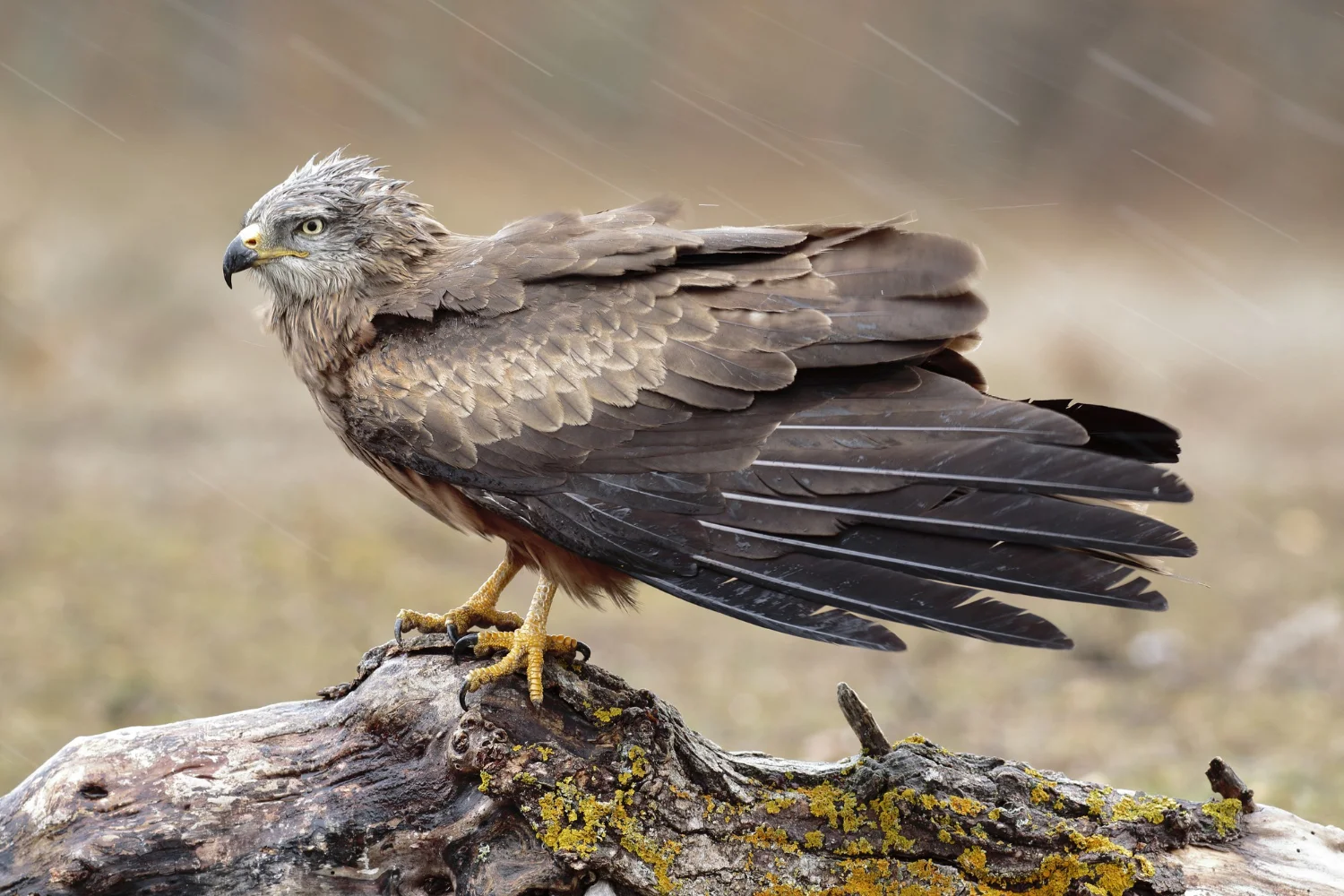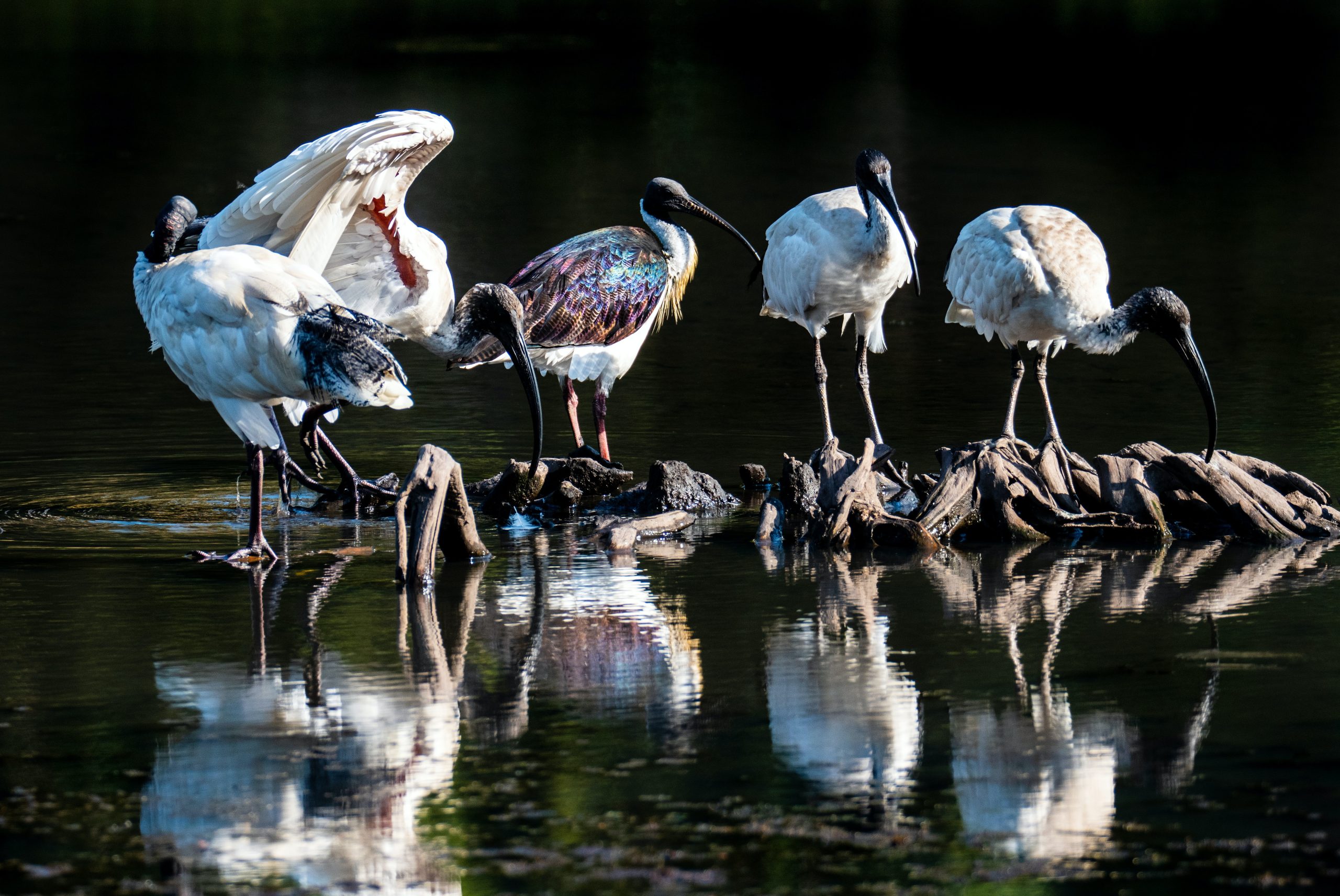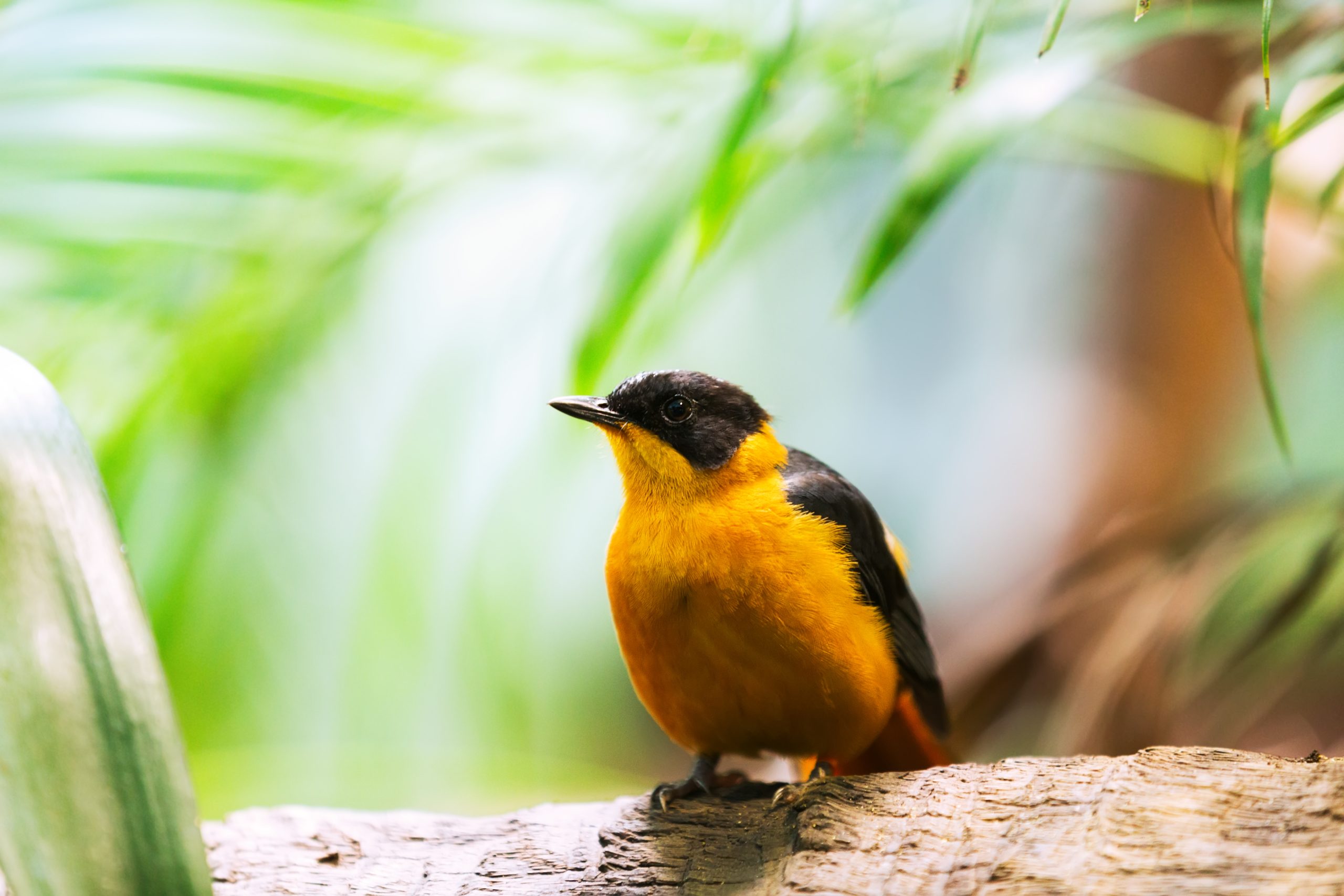At first glance, a black beak may seem unremarkable among diverse bird species. However, relatively few varieties actually integrate pitch dark or midnight colored bills. Unlike common yellow and orange toned beaks, specialized black adaptions correlate tightly with unique lifestyle traits and evolutionary diet strategies for thriving across unique habitats.
Function of Black Bills Across Bird Groups
While many novice birders assume dark bill coloring lacks significance, seasoned experts recognize consistency linking blackened beaks with specialized feeding methods.
Crushing Hard Shells
Reinforced black upper mandibles withstand hammering persistence cracking hard-shelled mollusks, seeds or crustacean defensive shells preferred by shorebirds and seabirds like oystercatchers possessing one of few true black beak varieties.
Spearing Fast Prey
Razor sharp dark beaktips facilitate tactilely pinpointing speedy insects or fish usually consumed mid-flight requiring precision only black coloration allows across all known bird groups possessing the adaptation.
Tearing Flesh
Scavenging birds of prey often feature darker beak sections aiding their roles in stripping carcasses down to bone efficiently. Vultures maintain flesh-tearing black heads while eagles simply integrate black tomial beak edges serving for initial tearing bites.
The form and function of this seemingly basic anatomical structure interlinks significantly with specialized feeding techniques.
Shore and Seabirds With Full Black Beaks
Maritime species comprise one key category frequently touting rare fully black beaks rather than simple dark markings.
American Oystercatcher
Their laterally compressed or knife-like orange and black bills adeptly pry open bivalve shells guarding tasty muscles inside. No other North American shorebird shares this matte black cocktail beak.
Black Skimmer
Odd mismatched red and black skimmer beaks represent an evolutionary marvel allowing these aerialists to plow lower mandibles through swallow zones snagging fish without direct eyesight. Partially black bills assist tactile hunting formations.
Antarctican Penguins
Isolated adaptations select for black bills across King, Gentoo and Rockhopper penguins likely for optimized UV light protection in harsh frozen climates or enhancing subsurface visibility spotting dark prey silhouettes against dim waters.
Seabirds appear among exclusive black billed bird company thanks to shared dependencies on oceanic food resources.
Passerines With Black Beak Markings
Beyond waterfowl, partially black-hued beaks appear frequently among diverse songbird groups where they serve specialized feeding techniques:
Grackles & Blackbirds
Iridescent grackles exhibit petite black dagger-like bills ideally shaped for spearing larvae and worms dwelled deeply inside protective mud tunnels across fields or marshlands providing this protein-rich niche others cannot physically exploit.
Bobolinks & Meadowlarks
Seed eating grassland specialists often tout black basal mandible edges surrounding central yellowish upper cutting ridges. This adaptation likely helps crushing tough grains and seeds typical of their prairie diets.
Finches
Specialized conical black “forcep” shaped beaks allow crossbills and grosbeaks to crack unyielding conifer and hardwood seeds encased inside durable protective pods deterring other birds without similarly reinforced beak construction.
Thanks to key commonalities inside related lineages, black bill appearances remain strongly correlated with species sharing overlapping food niches despite stark habitat differences otherwise across diverse passerine birds.
Conclusion
Blackened bird bills of varying proportions play key roles facilitating unique survival techniques for multiple species clusters occupying their own distinct environmental niches. But shared form and function selective pressures funnel distantly related waterfowl to songbirds surprisingly towards equivalent tactical advantage from simply incorporating darkened beak coloration. With closer consideration, seemingly mundane physical characteristics like black bills shed light on far deeper connections between dynamic behaviors, physiologies, locations and evolutionary histories intertwined across every black-beaked species still gracing our sights today.
Frequently Asked Questions About Black-Colored Bird Beaks
Further common queries about this rather specialist avian adaptation:
Are fully black bills stronger than partially black-marked ones?
Not necessarily – strength depends more factors like thickness, density, curvature and reinforcement from fused compounds like melanin. Fully black oystercatcher bills evolved crushing hard shells unlike common grackles for example needing simply pointed black-dappled tips sufficient serving soft soil probes.
Why don’t finches or blackbirds have fully black bills then since they crush hard seeds?
Excellent observation! Base reinforcement surrounds targeted wear zones maximizing strength precisely only where needed, while avoiding extra metabolic pigment generation costs depositing melanin uniformly across full mandibles offer minimal additional gain from partial dark beaktips matching pressures faced.
Can juvenile birds show less black beak markings before molting adult plumage?
Rarely. Unlike feather coats switching seasonally, unique bill structure and coloration requires years forming and hardens early in chick development. This helps ensure successful competition for critical juvenile resources despite initial size disadvantages. Exceptions where coloration intensifies after first-year molting lack reports.
Which shorebird species exhibit the darkest black bills beside oystercatchers?
Surpringsly the American Avocet rivals oystercatchers featuring velvety black hue Bill’s thanks to converged lateral upturned shape ideal filtering pond sediments shoveling sideways through swishing head motions filtering out tiny shrimp and crustaceans to feed upon. Avocets represent lesser known fully black billed examples among common shoal players.



